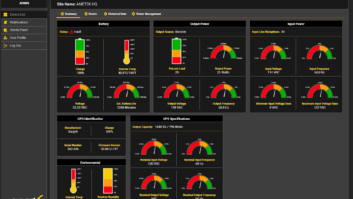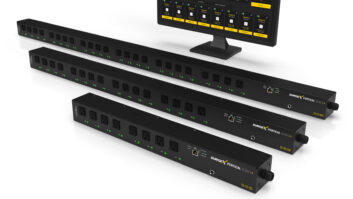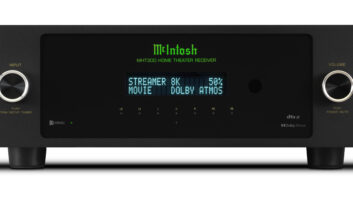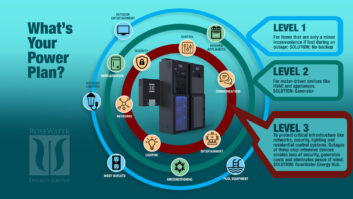The term “power management” covers such a broad range of services and capabilities that the challenge lies in making it integral and necessary to any installed system. In doing so, it is important to appreciate the many different power-related causes of system disruption, and to understand which power management solutions are appropriate in each case.

“Successful integrators understand that managed power is a foundational element of any installed system and is essential in ensuring system reliability and happy clients,” noted Murray Williams, Middle Atlantic Products’ product manager for electrical/ electronic products. “The solutions that integrators leverage must help the integrator ensure an excellent customer experience and at the same time, be profitable.”
Protecting the System. Failing to properly protect an AV rack and everything connected to it can cause major issues for both the AV integrator and the client, including loss of system life by components continually absorbing smaller surges, loss of client enjoyment by a system that continually suffers from gear lock up, and long service calls to get the system back on line, and loss of client resources by not managing standby consumption of the system when it’s off line, noted SurgeX’s Rick Komendera.
AC Current 101. Simply plugging a power management device into the wall does not ensure the system will not function without issue. Proper care needs to be taken to ensure that the system is wired on the same AC phase to help eliminate ground loops. If it’s a larger system with multiple circuits or its own subpanel, working with an electrician to ensure the load for the panel is balanced will also help eliminate issues.
Komendera counsels integrators that once they get into the rack stage, proper load calculations are vital. “A 15-amp circuit will provide 1,800 watts of power, and a 20-amp will provide 2,400 watts. Always leave some headroom on each circuit, not only for future expansion, but to handle peak transient demands that specialty AV gear can require.”
Panamax/Furman’s John Benz concurred, adding that current capacity (15-amp, 20-amp, or VA for battery backup), number of outlets, installation location, and cable management are all top-level considerations.
System Price Considerations. Very often, the price point and application of the audio equipment in a system can be used to guide the choice of power management. “For example,” Benz explained, “[In] a dedicated home theater room, with mono block amplifiers and separates–or an audiophileclass two-channel system…AC line noise, current compression, and voltage stability quickly become the weak links that prevent optimal performance, requiring more advanced power management solutions.”
A home control and automation system also may require additional technologies such as battery backup or remote reboot. Power is the foundation of the system, so these are all critical to the system design. Excluding or even economizing power management is detrimental to both the integrator and the client. Integrators will be strapped with uncompensated service calls and client dissatisfaction, resulting in fewer referrals and diminished profits while homeowners will have to deal with unstable system performance and repair costs for damaged components.
Jeremy J. Glowacki is editorial director for Residential Systems.







